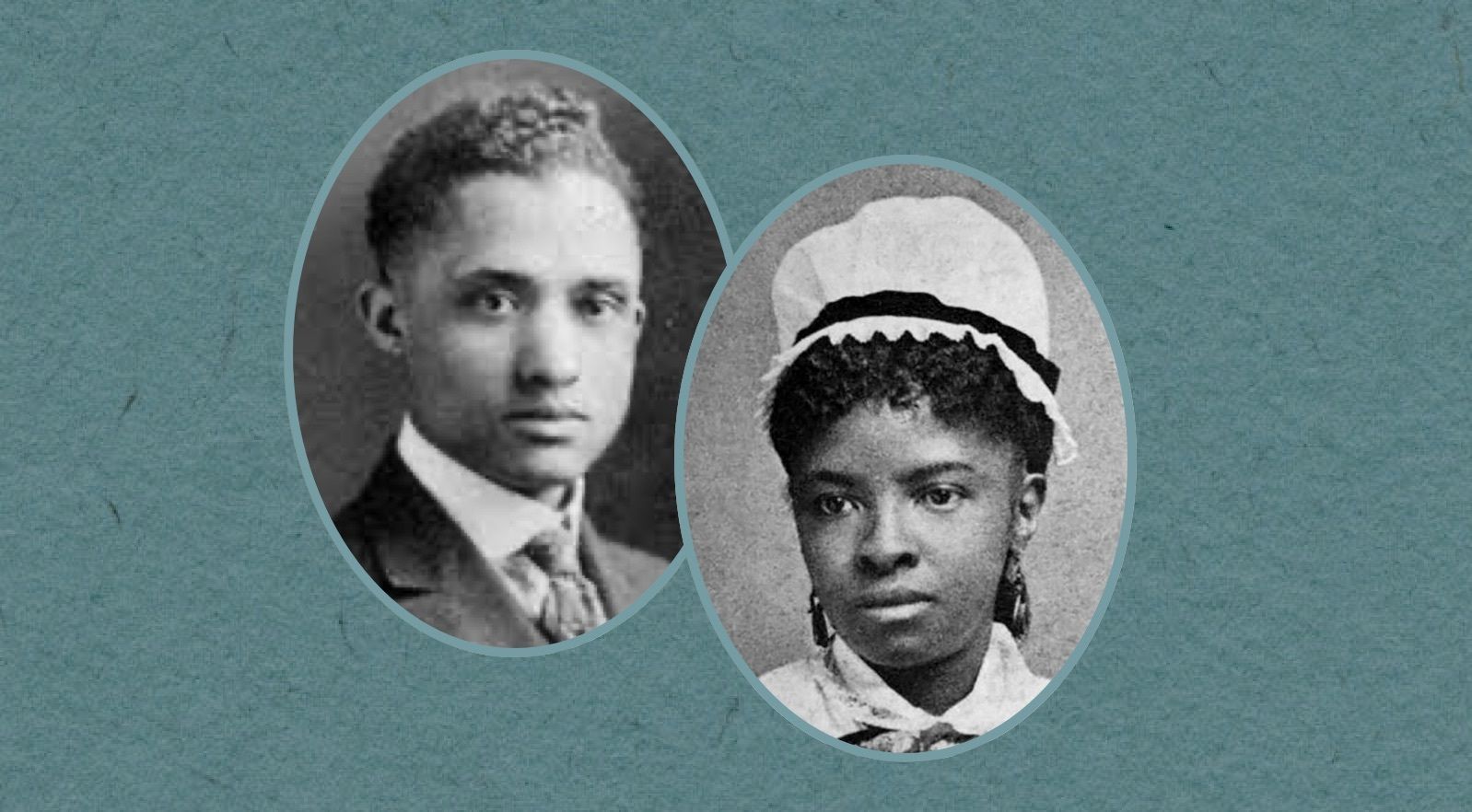Honoring Mary Eliza Mahoney & Theodore K. Lawless

The profound impact of Mary Eliza Mahoney, the first Black woman to graduate from Nursing School and Theodore K. Lawless, a prominent Black Dermatologist on the medical community.
About Mary Eliza Mahoney
In 1879, Mary Eliza Mahoney was the first Black woman in the United States to graduate from nursing school. After working at the New England Hospital for Women and Children for 15 years, Mahoney was accepted into their nursing program. She was one of 4 students to graduate the following year out of a class of 42 students. After graduating, Mahoney helped form the National Association of Colored Graduate Nurses (NACGN) an organization that worked to combat discrimination and encouraged leadership for Black nurses in the medical field.
Mahoney improved access to education and nursing practices as well as improved the lives of Black nurses across the country. She worked to combat discrimination in the nursing field and was inducted into the nurses hall of fame in 1976. Mahoney championed Black women that wanted to become nurses, and greatly impacted the future of the medical field.
About Theodore K. Lawless
Theodore K. Lawless was a prominent Black dermatologist who’s research as an Elizabeth Ward research fellow, found treatments for leprosy, syphilis and other skin diseases. Lawless attended University of Kansas School of Medicine and Northwestern University Medical School in Chicago. By 1920, Lawless had both his MD and MS, and later opened a private practice in Chicago. In his practice he treated many patients and while simultaneously teaching at North Western University.
Lawless also developed skin treatments for damaged skin and was one of the first doctors to use Radium to treat cancer. Lawless not only made medical advancements in his field, but also gave back to his community. In his philanthropic efforts, he funded youth organizations in Chicago and Jewish institutions in the United states and Israel. In 1954, he won the 39th NAACP Moorland-Spingarn medal for his contributions as a physician and philanthropist. Lawless made monumental contributions to the field of dermatology, and helped pave the way for better skin treatments, all while supporting communities along the way.